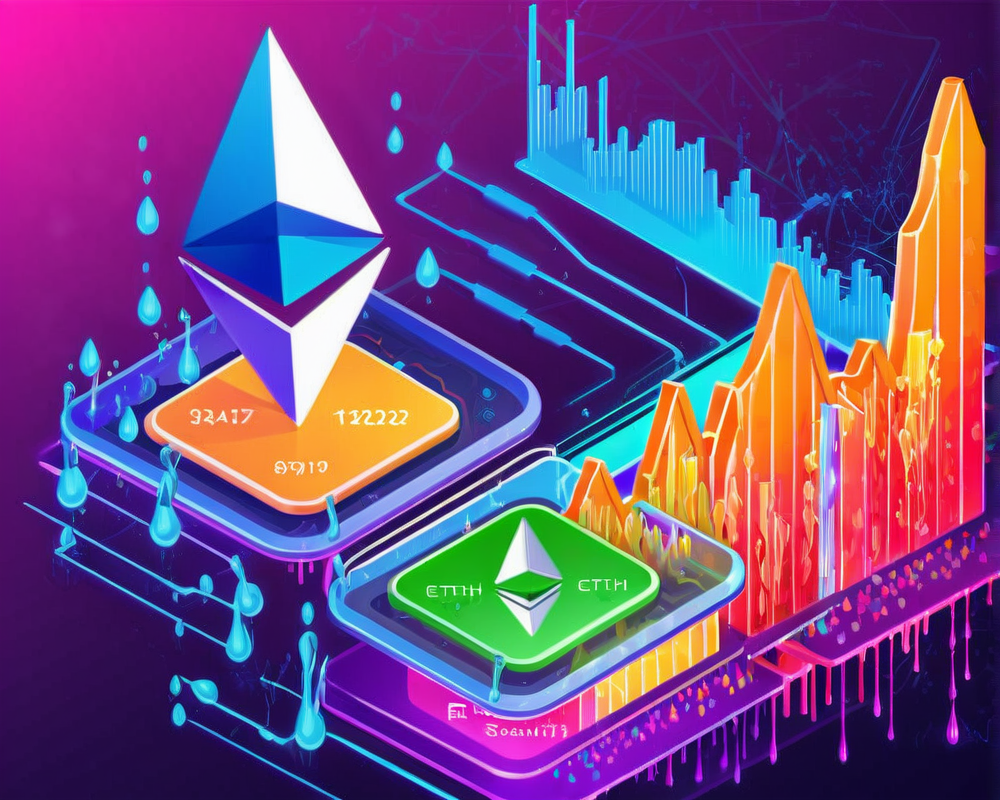Miners’ Dilemma: Riding the Profit Wave Amid Equipment Shortages
2021 has been quite the rollercoaster for Bitcoin miners. On one hand, they’re bathing in hefty profits, thanks to the skyrocketing price of Bitcoin; on the other, they’re grappling with a frustrating shortage of mining devices. Jiang Zhuoer, founder of the influential mining pool BTC.Top, explains that the ongoing global supply chain issues stemming from the pandemic are causing havoc in the mining sector.
“There is definitely a shortage of equipment right now… The global supply chain has been interrupted and is now in the process of gradually recovering. But the demand for chips has greatly increased, so now all industries are short of chips,” Jiang notes. So, it seems miners aren’t just battling against hash rates, but also against the elusive chip shortage that has claimed the automotive industry as its most recent victim.
Hash Rate and Profits: The Connection is Clear
Bitcoin’s hash rate is akin to a miner’s flexing muscles, and it paints a clear picture of the industry’s health. Since the halving in May 2020, Bitcoin’s hash rate surged from about 92 million terahashes per second to a massive 166 million—an impressive 80% increase. Meanwhile, Bitcoin’s value went on an even crazier ride, boosting its price from around $9,000 to over $46,000. More chips could mean more mining power, but with the chip shortage, miners are seeing inflated prices for those devices.
- Example: The Bitmain S19 Pro, with an official price tag of less than $4,000, is currently selling for about $9,000!
Technology Meets Limits: The Quest for Bigger and Better Chips
Despite these challenges, 2020 was also a significant year in terms of technological advancements in Bitcoin mining. New-generation ASIC devices, like the Bitmain Antminer S19 Pro and MicroBT WhatsMiner M30S+, promised impressive efficiency. These beasts are powered by 7-nm and 8-nm chips that dramatically enhance energy efficiency. However, as Jiang points out, even the latest chips are running into some physics hurdles.
“The smaller the nanometer, the less significant the increase in power efficiency…” he explains, essentially telling us that as chips get smaller, packing more power into them becomes like trying to fit an elephant in a Volkswagen. The bottom line? Mining might become more efficient, but only to a point.
Is It the Right Time to Dive into Mining?
The current situation leaves many prospective miners scratching their heads. With inflated revenues and stable device performance, now might seem like a profitable time. However, it’s crucial to consider how long it might take to break even on investments. If miners expect a drop in revenue, it could take years to recoup costs. Jiang emphasizes that patience is key: “Unless you buy a very expensive mine at the peak of the bull market, it’s hard not to make profits.”
Hodl or Mine? The Miner’s Psychological Edge
You might think that miners are in it just for the immediate gains, but Jiang suggests they might actually be better hodlers than retail investors. With their golden geese, miners often resist selling their Bitcoin until the market peaks. They tend to hold onto their mined Bitcoin, riding the waves of the bull market.
According to Jiang, the mining process is psychologically beneficial for holding:
“A machine can lay golden eggs in a bull market, so no miner would sell the goose…” In other words, those dazzling mining devices make it simpler to hold onto mined Bitcoin even when the prices fluctuate wildly.
Bitcoin Mining: It’s Not Just for Techies
Mining isn’t just a club for the tech elite; it’s becoming more accessible. Although owning and operating a mining farm requires decent capital and a good location for cheap electricity, newcomers can also dip their toes in the water. Various pools offer colocation and cloud mining services, providing options for those who may not have the infrastructure to go solo.
- Colocation: Clients provide their own devices while paying for electricity and maintenance.
- Cloud Mining: This involves renting mining power online, but carries more risks due to contract structures and cost transparency.
Jiang’s innovative “joint mining” model aims to make cloud mining resemble traditional mining more closely, ensuring miners can recoup their investments before incurring service fees. If all goes well, investors could treat mining companies similarly to gold mining firms: as a tool for diversification.




